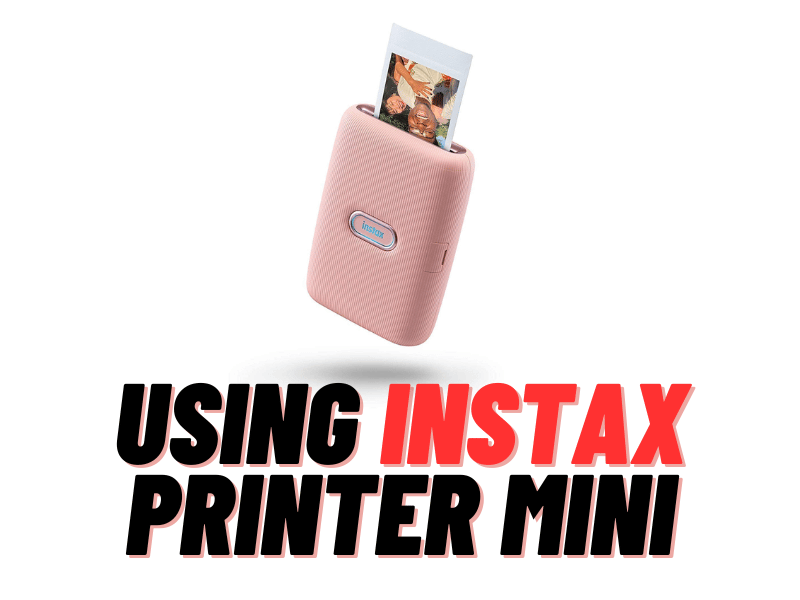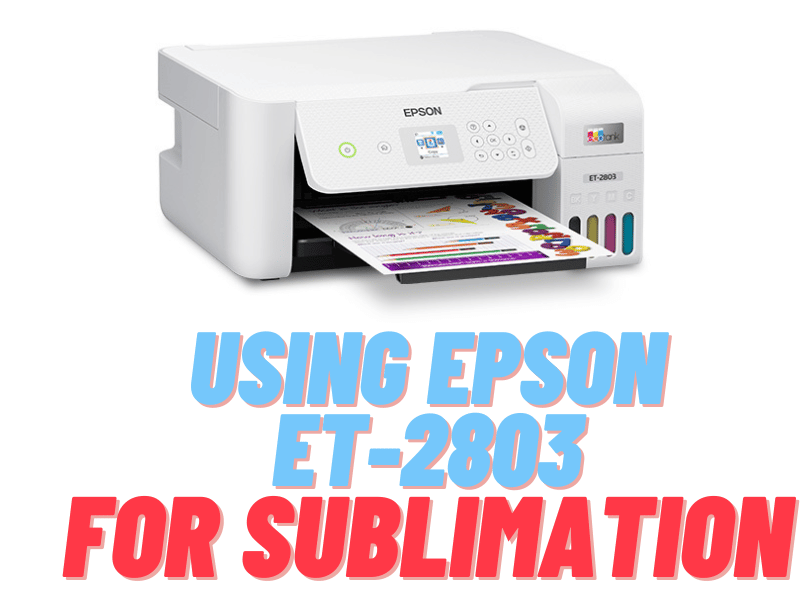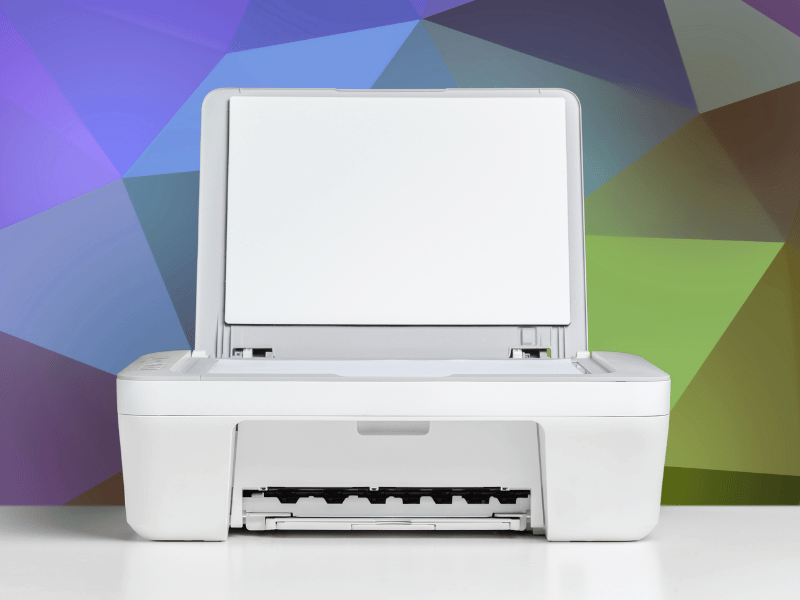Sublimation printing has long been a popular method for creating vibrant, durable, and high-quality prints on a variety of products, from apparel to promotional items. However, like any printing technique, it has its limitations and may not always be the best choice for every project. In this article, we’ll explore some of the best alternatives to sublimation printing, offering a range of options to suit your specific needs.
1. Heat Transfer:
Pros:
- Suitable for various materials.
- Can accommodate complex designs with digital heat transfer.
- Good for small to medium-sized orders.
Cons:
- May not be as cost-effective as sublimation for large quantities.
- Durability can vary based on the quality of the transfer material.
2. UV Printing:
UV printing is a modern and versatile printing technology that’s perfect for creating detailed and vibrant prints on a variety of surfaces, including wood, glass, plastic, and metal. It uses ultraviolet light to cure inks instantly, resulting in sharp and durable prints. UV printing is often chosen for promotional items, signage, and personalized products.
Pros:
- Suitable for a wide range of substrates.
- High-resolution prints with vibrant colors.
- Can accommodate both small and large quantities.
Cons:
- Equipment and setup costs may be relatively high.
- May require a learning curve to achieve optimal results.
3. Direct To Garments (DTG):
Direct-to-Garment (DTG) printing is an excellent alternative to sublimation when it comes to customizing clothing, especially for intricate designs or small print runs. DTG printers work by applying ink directly to the fabric, allowing for a full range of colors and intricate details. This method is highly versatile, making it a go-to choice for personalized t-shirts, hoodies, and other apparel items.
Pros:
Great for small quantities and one-offs.
High-resolution printing with vibrant colors.
Supports intricate and detailed designs.
Cons:
Limited to natural fibers like cotton.
Can be costlier per unit compared to sublimation for larger orders.
4. Screen Printing:
Screen printing has been a staple in the custom printing industry for decades. It’s a versatile and cost-effective alternative to sublimation, particularly for bulk orders and designs with simple color schemes. Screen printing offers excellent durability and a classic look, making it suitable for a wide range of applications, from clothing to promotional products.
Pros:
- Ideal for large quantities.
- Long-lasting, durable prints.
- Works well with a variety of materials.
Cons:
- Limited to a small number of colors per design.
- Not as suitable for intricate or complex designs.
5. DTF (Direct-to-Film) Printing:
DTF (Direct-to-Film) printing is a relatively new and innovative alternative to sublimation. It involves printing designs onto a special film, which is then transferred onto the fabric using heat and adhesive powder. DTF printing offers vibrant colors and high detail, making it suitable for a wide range of applications, including apparel, accessories, and home textiles.
Pros:
- High-quality, vibrant prints.
- Suitable for both small and large orders.
- Excellent color accuracy and detail.
Cons:
- May have a learning curve to master the technique.
- Adhesive powder can be messy if not handled carefully.
6. Embroidery:
Pros:
Durable and long-lasting.
Adds a high-quality, premium feel to the product.
Suitable for a wide range of fabrics and materials.
Cons:
Limited to text and simpler designs.
Can be more expensive, especially for intricate, multi-colored designs.
Conclusion
While sublimation printing is an excellent choice for many applications, it’s essential to consider the specific requirements of your project when choosing a printing method. The alternatives to sublimation mentioned in this article offer various advantages, whether you prioritize vibrant colors, durability, versatility, or cost-effectiveness. By understanding these alternatives, you can make informed decisions to achieve the best results for your custom printing needs. Whether it’s DTG, screen printing, heat transfer, embroidery, UV printing, or DTF, there’s a perfect alternative for every project.




